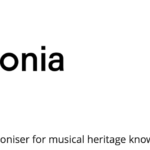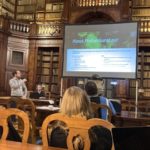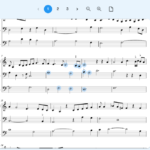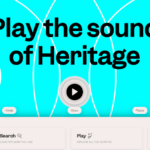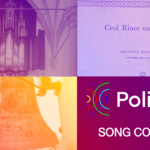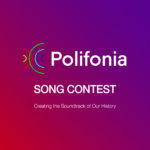Exploring rock music data with MELODY
One of the tools Polifonia will release is MELODY. It stands for ‘Make mE a Linked Open Data StorY’ and is a place where you can make sense of Linked Open Data and publish text-based as well as visual data stories. Earlier this year, students of the University of Bologna explored data through this tool. Let’s see what they have found and learned about… rock music.
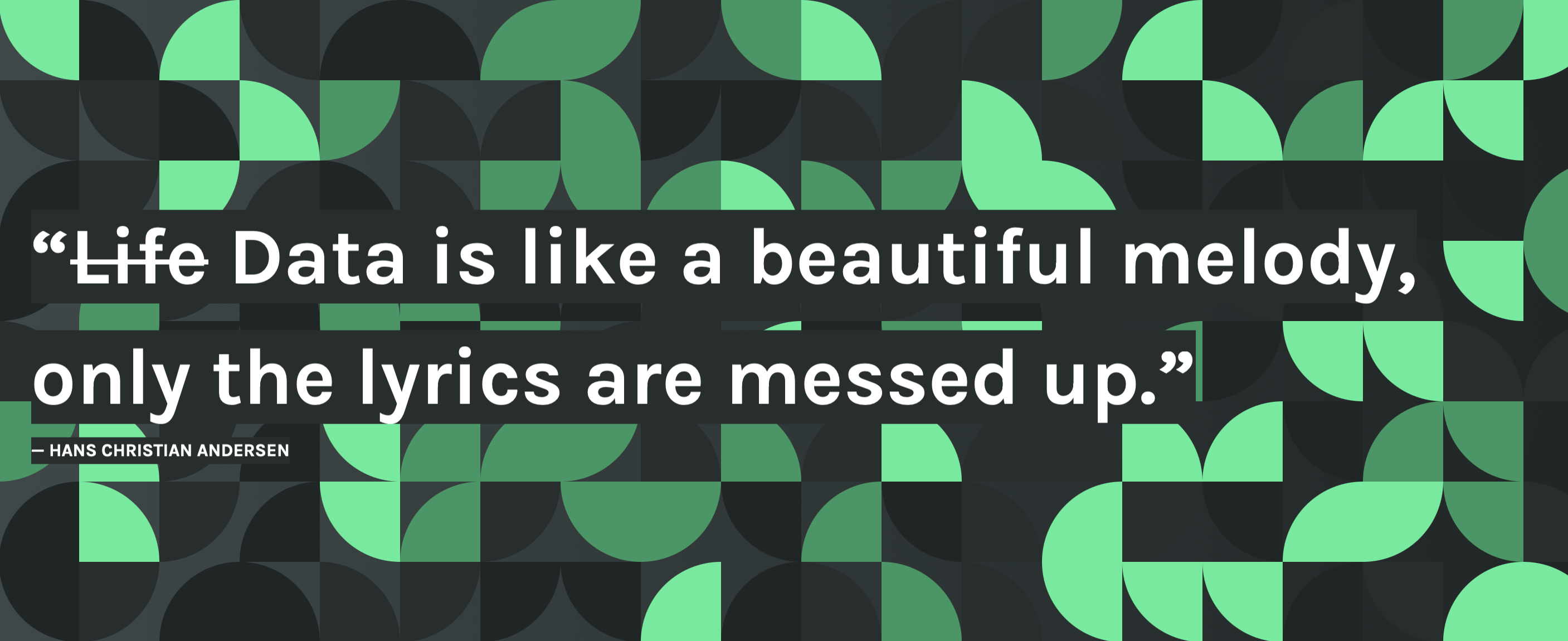
One of the tools Polifonia will release is MELODY. It stands for ‘Make mE a Linked Open Data StorY‘ and is a place where you can make sense of Linked Open Data and publish text-based as well as visual data stories. Earlier this year, students of the University of Bologna explored data through this tool. Let’s see what they have found and learned about… rock music:


“Rock, also called rock and roll […] is a form of popular music that emerged in the 1950s. It is certainly arguable that by the end of the 20th century rock was the world’s dominant form of popular music”.
Encyclopedia Britannica
The American roots of Rock
Rock and Roll and Rockabilly originated in the United States in the 1950s. In the USA, it developed into genres such as rhythm-and-blues and country. By the 1960s, rock also infected the rest of the world, thanks in part to beat music and the British invasion. Rock became more popular each decade after and grew into a music movement with a plethora of subgenres. In the late 1960s, psychedelic rock emerged, followed by hard rock and punk in the 1970s. In the 1980s and 1990s, new wave, heavy metal and grunge were popular. To this day, rock is one of the most listened-to genres worldwide. Let’s take a look at what the all time favorite rock acts are in rock’s native country, the USA:

Rock children of the ‘60: Pink Floyd
Rock music made an excellent landing in the United Kingdom, and blues rock in particular could win the approval of the future members of Pink Floyd. The following overview shows the releases that emerged from the band’s creative flight:
| album | date |
|---|---|
| The Piper at the Gates of Dawn | 1967 |
| A Saucerful of Secrets | 1968 |
| Ummagumma | 1969 |
| Soundtrack From The Film “More” | 1969 |
| Atom Heart Mother | 1970 |
| The Best of The Pink Floyd | 1970 |
| Meddle | 1971 |
| Relics | 1971 |
| Obscured by Clouds | 1972 |
| The Dark Side of the Moon | 1973 |
| A Nice Pair | 1973 |
| Masters of Rock | 1974 |
| Wish You Were Here | 1975 |
| Pink Floyd: Animal Instincts | 1977 |
| Animals | 1977 |
| The First XI | 1979 |
| The Wall | 1979 |
| A Collection of Great Dance Songs | 1981 |
| The Final Cut | 1983 |
| Works | 1983 |
| Prism | 1987 |
| A Momentary Lapse of Reason | 1987 |
| Delicate Sound of Thunder | 1988 |
| Pink Floyd in Venice | 1989 |
| A Perfect Reception | 1990 |
| Tonite Let’s All Make Love In London | 1991 |
| The Early Singles | 1992 |
| Shine On | 1992 |
| A Passage of Time | 1994 |
| Nothing Is Changed | 1994 |
| Q21496116 | 1994 |
| The Division Bell | 1994 |
| Pulse | 1995 |
| 1967: The First Three Singles | 1997 |
| Is There Anybody Out There? The Wall Live 1980–81 | 2000 |
| Echoes: The Best of Pink Floyd | 2001 |
| Oh, by the Way | 2007 |
| The Best of Pink Floyd: A Foot in the Door | 2011 |
| Discovery | 2011 |
| Wish You Were Here – Experience Edition | 2011 |
| Another Movie in Long Island | 2013 |
| The Endless River | 2014 |
| The Early Years 1965—1972 | 2016 |
| Cre/ation – The Early Years 1967-1972 | 2016 |
| The Later Years 1987–2019 | 2019 |
| The Later Years | 2019 |
| Live at Knebworth 1990 | 2021 |
Table by Alessia Perrone and Martina Santarini
They made at least 15 studio albums, of which those from the 1970s became best known to the general public: The Dark Side of the Moon (1973), Wish You Were Here (1975), Animals (1977) and The Wall (1979). The Cambridge-based band grew to become one of the most famous and influential musical bands of all time. They became known for being at the cradle of two new genres of psychedelic space-rock and blues-based progressive rock, and made a name for themselves with their biting political, social and emotional commentary.
Rock loving nation: Italy
The story of rock in Italy hits off in the 1960s. Despite their brief existence, the in 1962 formed New Dada had a lasting effect on the Italian rock music scene, influencing future generations of musicians. Their music is still regarded as a monument to the dynamic age of Italian rock in the 1960s. The 1970s were heavy on the progressive rock, with the best example being Goblin. Italian rock took a more accessible and commercial turn in the 1980s, mixing elements of punk, new wave and pop. Alternative, metal and indie rock bands emerged in the 1990s and early 2000s, bringing a fresh and varied approach to rock music, merging numerous genres and introducing electronic elements. The most iconic example of Italian rock music from the 2010s is Måneskin. The band achieved international acclaim after winning the Eurovision Song Contest in 2021, and now has become one of the most prominent rock bands of recent times, attracting listeners worldwide with addictive songs, rebellious energy and glam-rock appearance. Through data in MELODY we can learn what bands were their biggest inspiration:

MELODY allows mapping not only data at the national level, but also regionally. Looking at the Emilia Romagna region, we discover the following most popular rock artists:
| Name | Birth | Place | Sex | Image |
| Lucio Dalla | 1943-03-04 | Bologna | Male |  |
| Vasco Rossi | 1952-02-07 | Zocca | Male |  |
| Zucchero | 1955-09-25 | Reggio Emilia | Male |  |
| Luciano Ligabue | 1960-03-13 | Correggio | Male |  |
| Scialpi | 1962-05-14 | Parma | Male |  |
| Gianluigi Cavallo | 1968-08-09 | Parma | Male |  |
| Nek | 1972-01-06 | Sassuolo | Male |  |
| Laura Pausini | 1974-05-16 | Faenza | Female |  |
| Alessandro Cortini | 1976-05-24 | Bologna | Male |  |
One way to measure their popularity is to map the number of Twitter followers. From this chart we learn that Luciano Ligabue (1960) has the most online following.

Currently MELODY is under review by the Polifonia team, in order to track down bugs and get it ready for the end user. Keep an eye on this website to learn more about the release of this dashboard that allows you to transform SPARQL queries into beautiful charts.
Sources
Text and charts are based on data stories written and constructed by University of Bologna students:
Italian Rock Bands by Camilla Ruggeri and Isabela Serrano
Måneskin by Fiorella Di Matteo and Marika Di Matteo
Exploring the Rock music genre by Giulia Montesanto and Agnese Musacchio
Pink Floyd by Alessia Perrone and Martina Santarini
The Popularity of Rock Music in Emilia-Romagna by Giulia Bergamaschi and Federica Ceccoli
